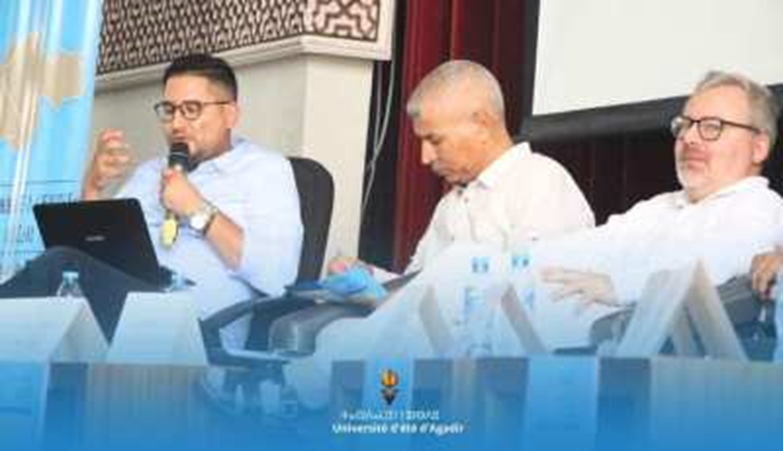The Position of Amazigh Literature in the Context of Translation: From the Margin to a Central Place

Translation Studies (Traductologie) is an important field of knowledge that seeks to understand and analyze the translation process from different aspects. In this intervention, the researcher will raise an important topic related to the study of Amazigh literature from the perspective of translation studies, which makes us wonder about the existence of central Amazigh literature or marginal Amazigh literature and what are the perceptions adopted in this context.
In this intervention, the researcher relied on the multiple systems theory developed by Itamar Ibn Zahr, which states that literature and language are affected by many systems and cultural connections. Based on this theory, it becomes difficult to acknowledge the existence of a central Amazigh literature, as we should view Amazigh literature as a diverse group of regional and local literatures that express the diversity of Amazigh culture.
Accordingly, this influence appears on Amazigh translation work, as we find translations based only on specific regional styles and models, and this is partly due to the varying attention and support given to regional cultures. Thus, these translations deal with certain aspects of Amazigh literature and ignore others.

On the other hand, there are other translation attempts that aspire to be comprehensive, and seek to be a distinctive model that combines all these multiple systems of Amazigh. This poses a major challenge for translators, as they must deal with the diversity of origins and cultural and linguistic contexts on which Amazigh literature is based.
It is difficult to acknowledge the existence of a central Amazigh literature, but rather the existence of marginal Berber literatures, according to the perception of the theory of the multiple systems developed by Itamar Ibn Zuhr. This appears on the surface of the Amazigh translation achievement, as we find regional translations, that is, based only on one of the systems that make up the Amazigh language and literature, and others that strive to rise to occupy a central position that reconciles all the multiple systems of the Amazigh language.
Accordingly, the researcher's conclusion shed light on these challenges and contradictions in the process of translation and literary studies related to Amazigh literature. It turns out that acknowledging the plurality of systems is essential to understanding and appreciating Amazigh literature in all its diversity and cultural richness, and at the same time, this invites us to direct efforts towards supporting translations that seek to transcend geographical and cultural constraints and express the various aspects of Amazigh literature.
Talking about the process of crystallizing a centralized literature that carries with it most of the multiple sub-systems of the Amazigh language and culture, is inseparable from the process of standardizing the language, especially since building a centralized literature should be considered a chain linked to the process of standardizing the language that should not be separated from it.

In conclusion, translation studies and literary criticism remain important tools for understanding the development of Amazigh literature and its multiculturalism, and reflect our perceptions of diverse and multicultural societies. This research and analysis contributes to the celebration of the Amazigh literary heritage and its global dissemination in a way that enhances cultural understanding and deepens communication between different cultures.
Muhammad Farsi
Source: websites

